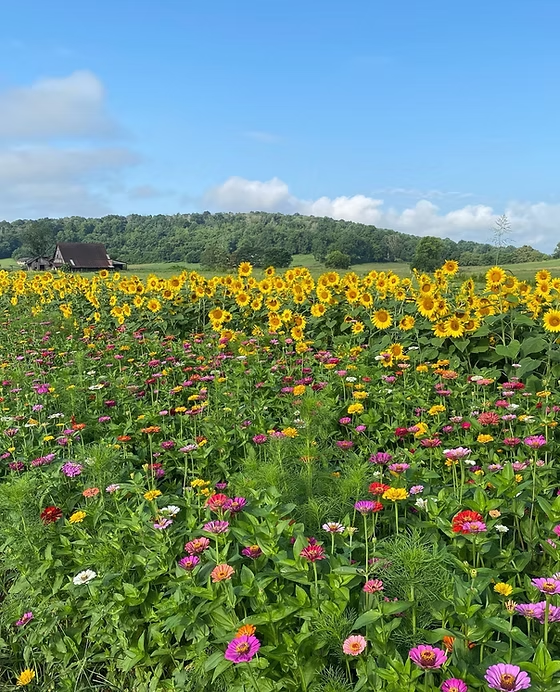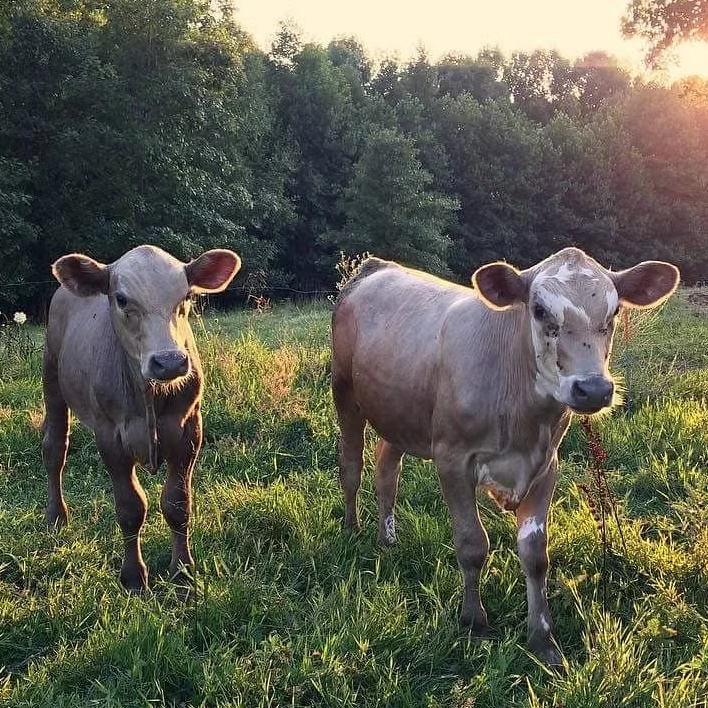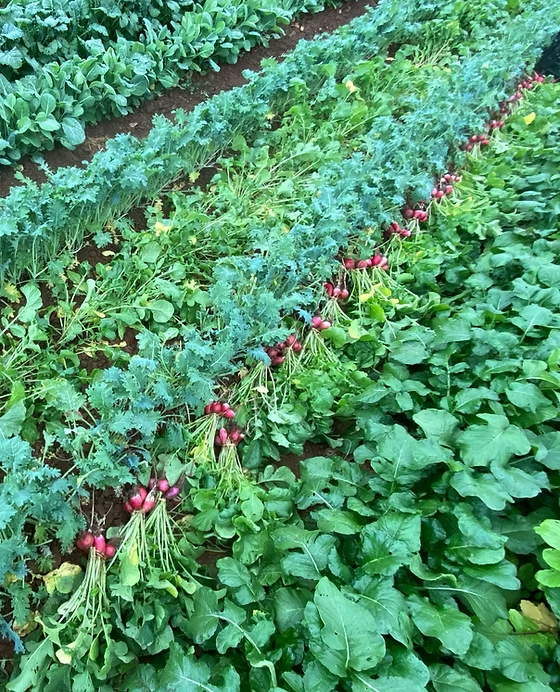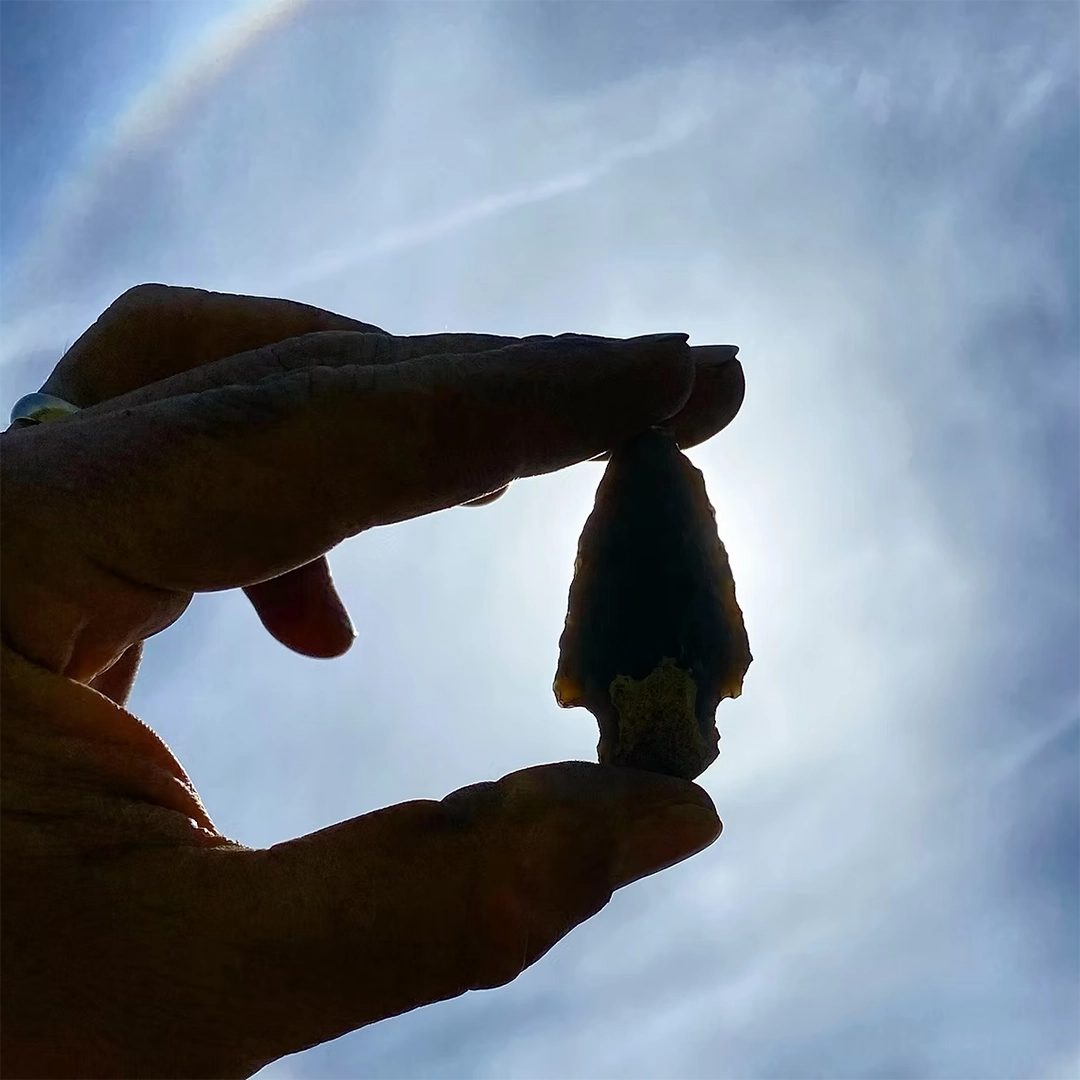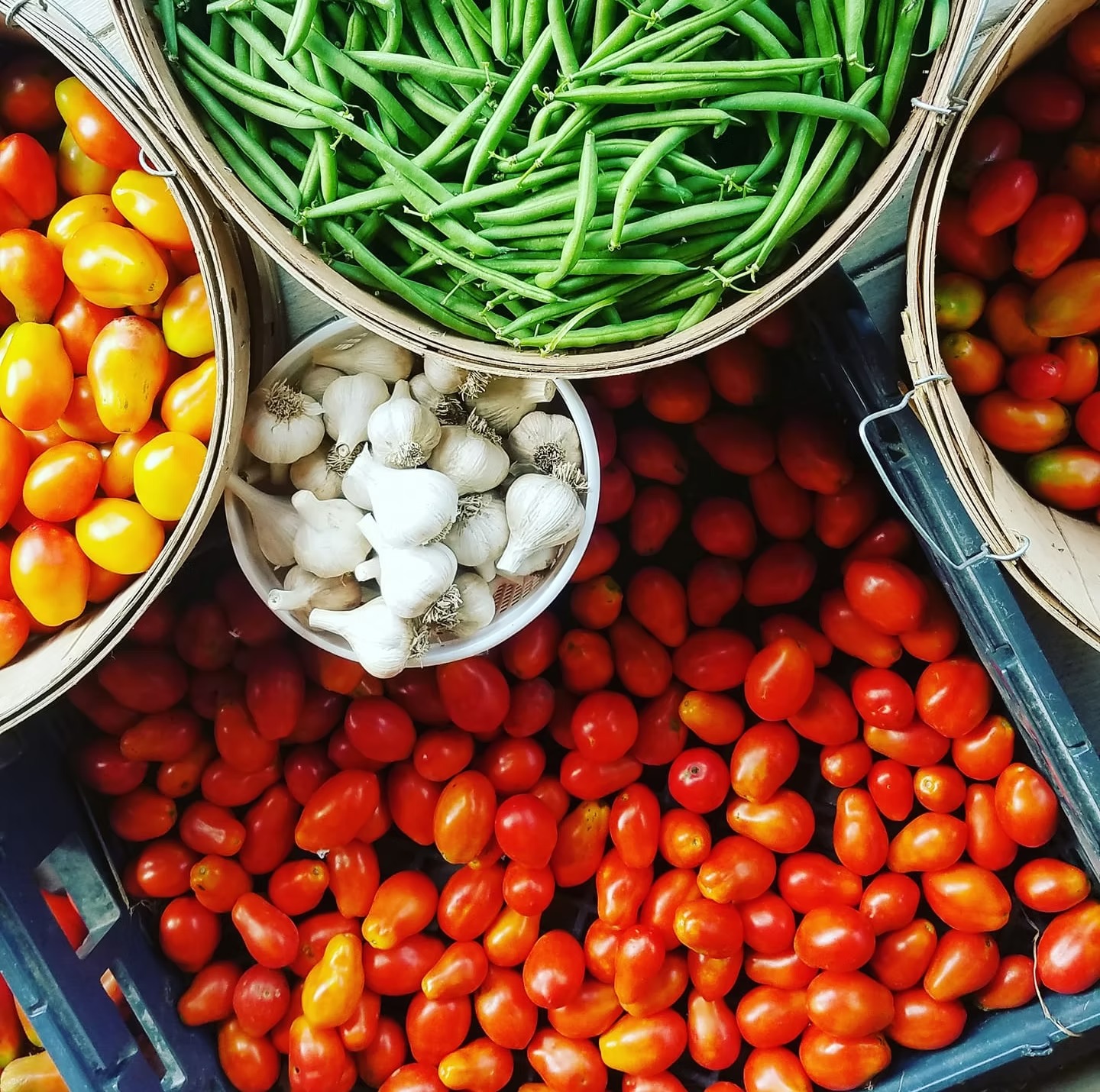About
The Farmers Land Trust works nationally to transact farmland (real estate, fundraising, legal) into community ownership through the Farmland Commons, which are local land holding nonprofit entities that then give 99-year, secure, affordable, and equitable lease tenure to next generation farmers using chemical free, regenerative agriculture.
With Focus on:
Our Distinct Difference
The Farmland Commons model builds on precedents set by conservation land trusts and community land trusts, both of which have gained influence in the U.S. over the last five decades and have operated for more than a century. Those formats, however, can sometimes focus too narrowly on conservation or housing. In doing so, they may discourage productive agricultural uses and weaken community connections.
At its heart, this work is about restoring and healing the soil and ecosystems that sustain all life.
Rather than centering conservation or housing alone, Farmland Commons is rooted in cultivated and stewarded agrarian working lands. These are the lands that feed and connect us, nurture life in all its forms, and create climate resiliency. The model is community-centered, placing equity and autonomy with farmers and local communities. In this way, it helps to reverse extractive and exploitative practices while returning wealth and health to both land and people.
Building Farmland Commons requires collaboration, partnership, and trust, as well as the courage to create new relationships and structures for land ownership, access, tenure, and equity. We invite you to join us in this work of reimagining how land can be held and cared for—together.



